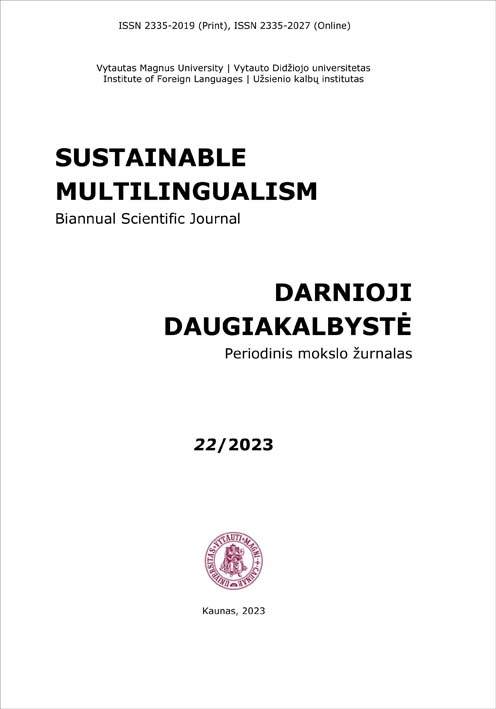Ethnolinguistics Vitality Theory: The Last Stance for a Language Survival
Ethnolinguistics Vitality Theory: The Last Stance for a Language Survival
Author(s): Syed Harun Jamallullail, Shahrina Md NordinSubject(s): Language studies, Sociolinguistics, Cultural Anthropology / Ethnology, Inter-Ethnic Relations
Published by: Vytauto Didžiojo Universitetas
Keywords: Conflict; Violence; Discrimination; Linguistics; Death; Ethnocent;
Summary/Abstract: The survival of a language represents a part of the cultural identity of a group; therefore, groups often try to protect their identity from extinction. Hence, this prompts an understanding of how an ethnic group tries to protect their language in an inter/intra-ethnic setting concerning the Ethnolinguistic Vitality Theory which considers two main aspects to be important, namely the ‘Sustainability’ (Su) of the language and the ‘Strength’ (S) that must be met for a language to survive. The author shows that both aspects are vital to ensure that a language survives or faces extinction. The clashes of ‘Conflict amelioration/exacerbation’ and ‘Manufactured Identity’ lead to certain groups condoning violence to dominate the other and the other group to avoid language death. The study discusses Ethnolinguistics and the Ethnolinguistic Vitality Theory and its issues, language death in its two forms such as Linguicide and Glottophagy, and the processes that can ensure language survival, such as Reclamation, Revitalization, and Reinvigoration, providing concrete examples from various parts of the world to illustrate the discussed processes. Research concludes by stating that various inter/intra-ethnic conflicts are inevitable and may lead to the presence or the death of the language, but group’s motivation to preserve its language and identity can lead to language maintenance and survival.
Journal: Darnioji daugiakalbystė
- Issue Year: 2023
- Issue No: 22
- Page Range: 27-55
- Page Count: 29
- Language: English

